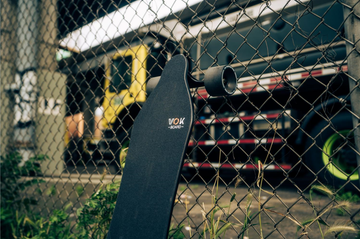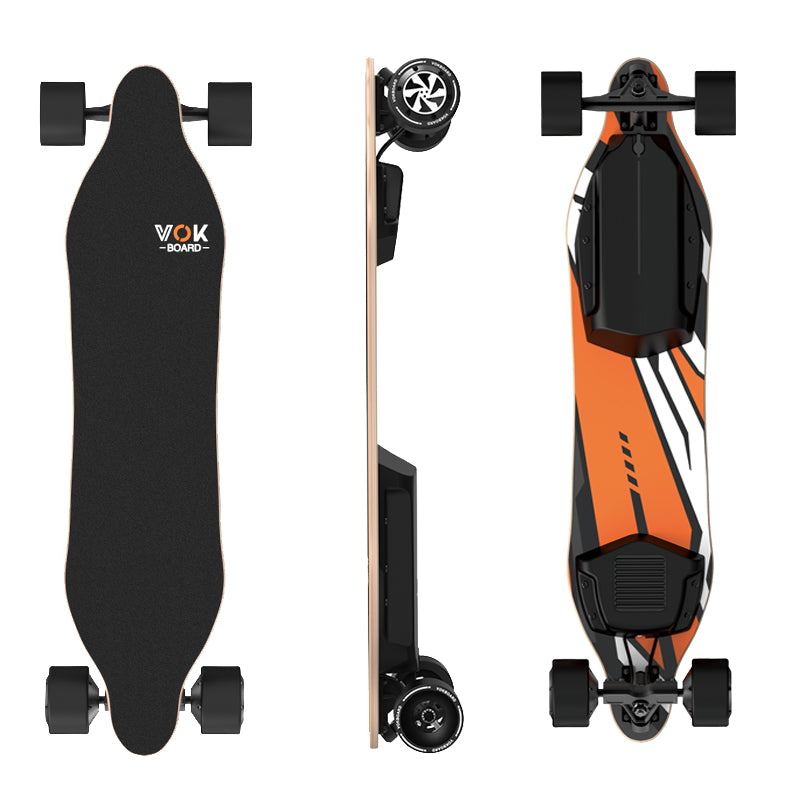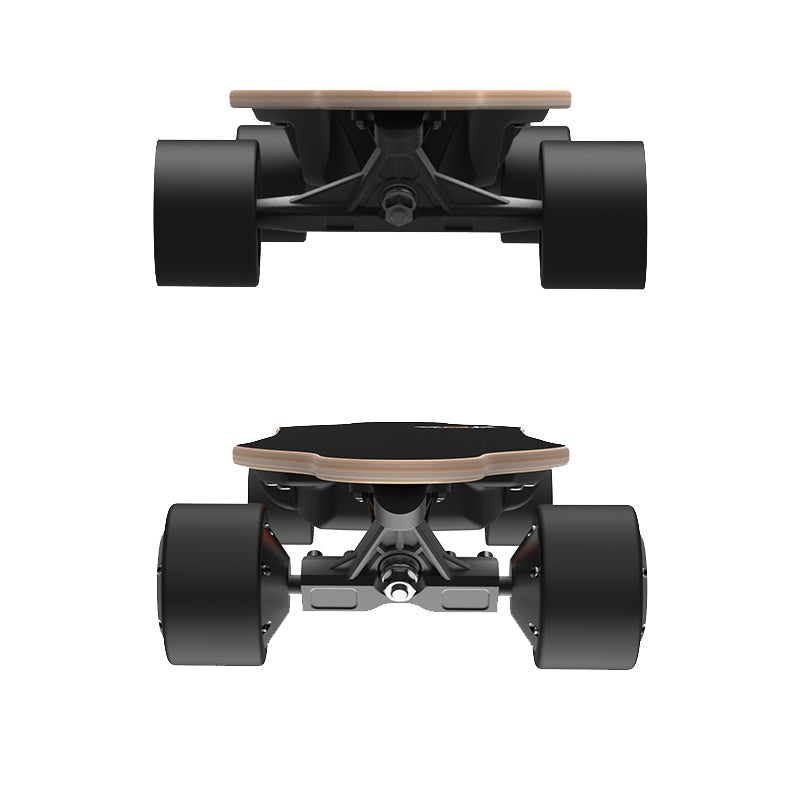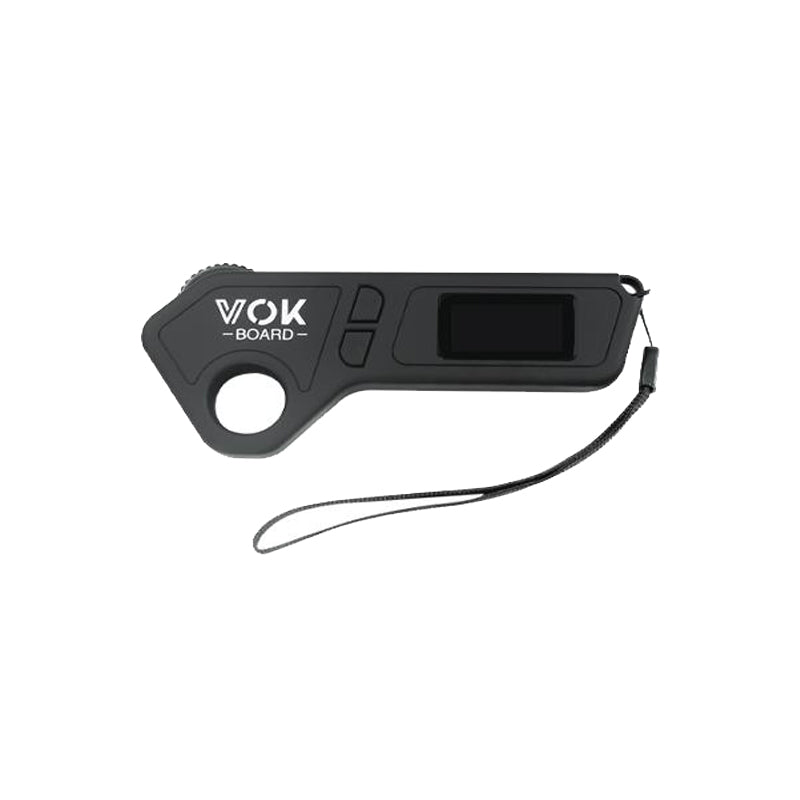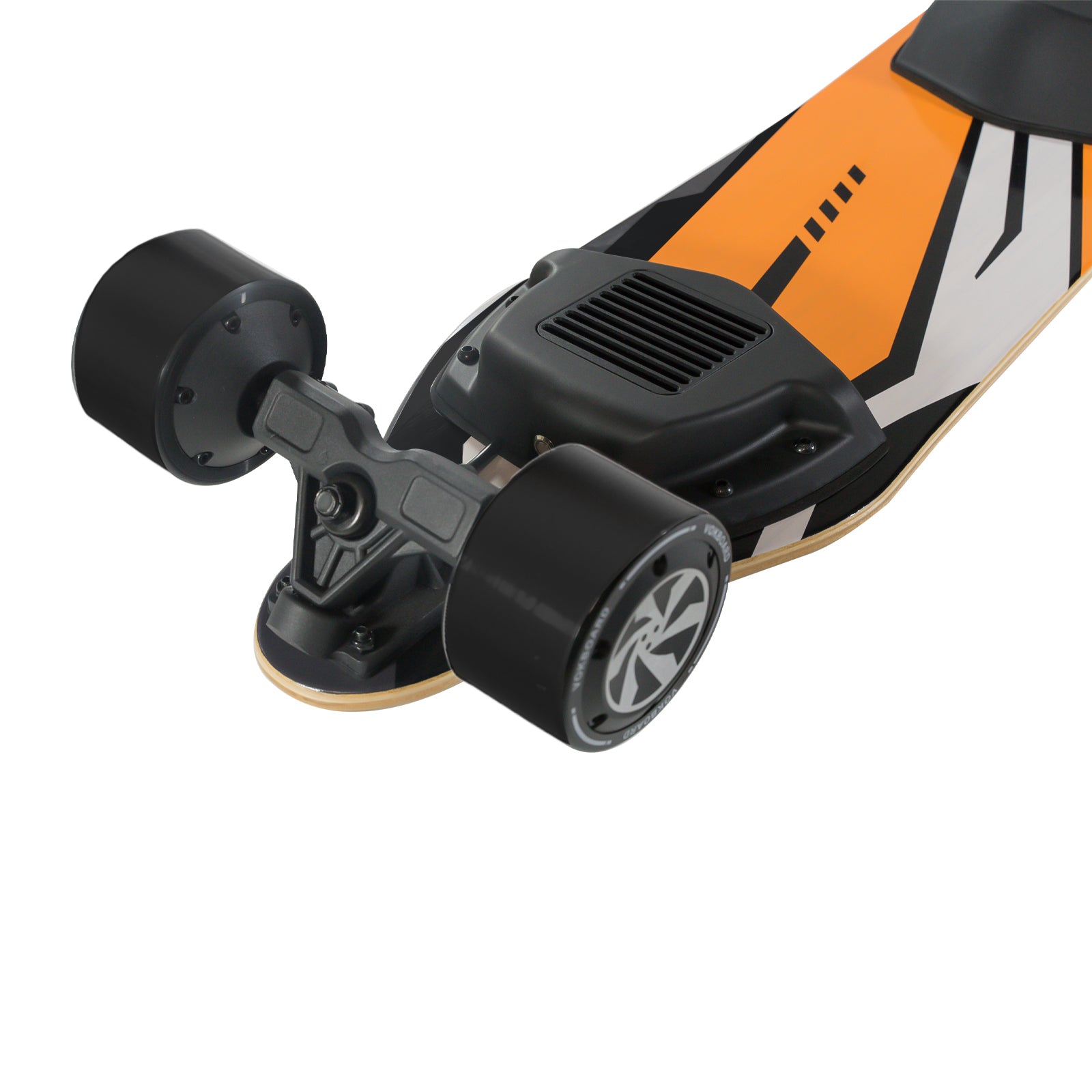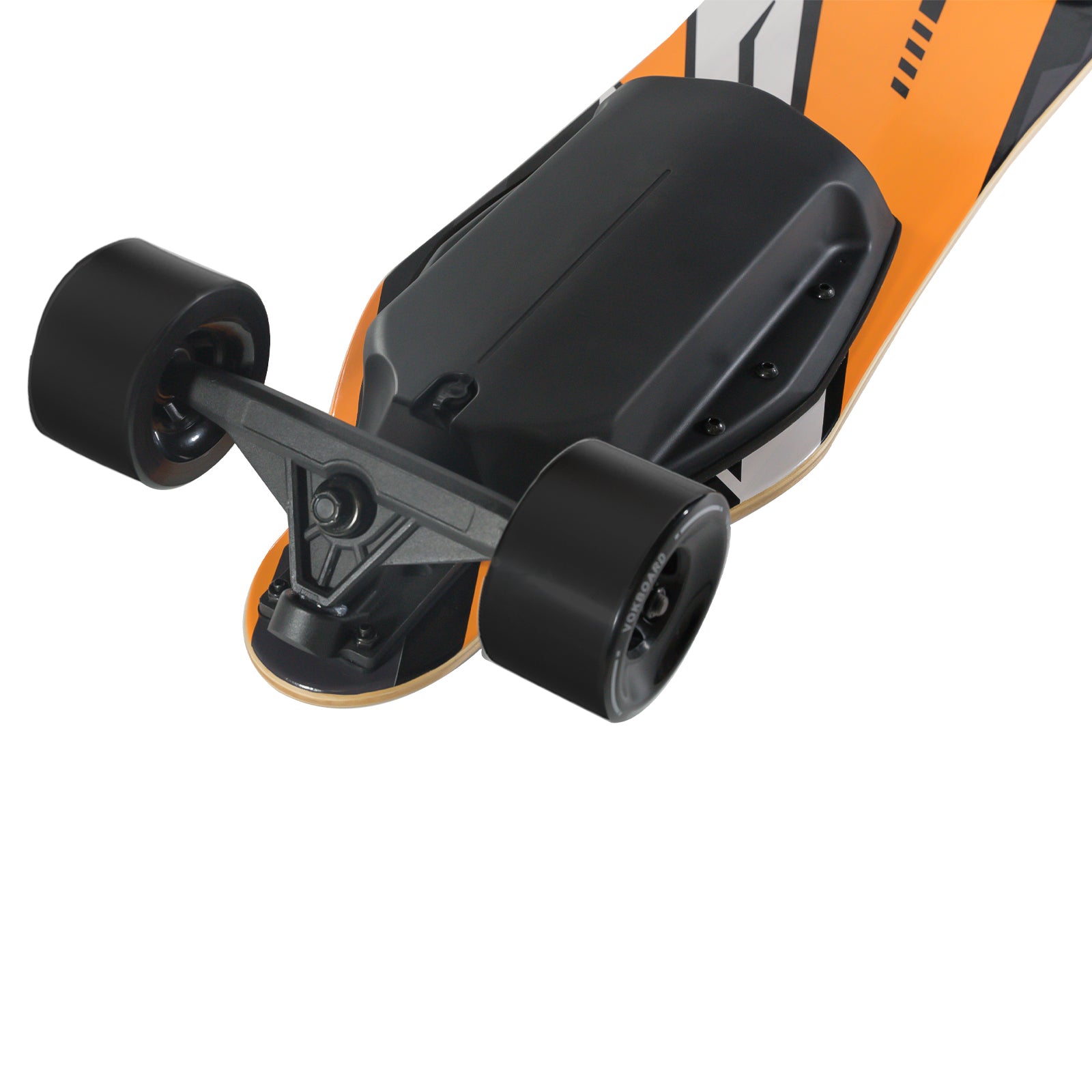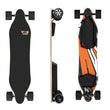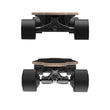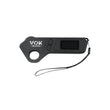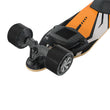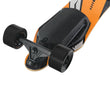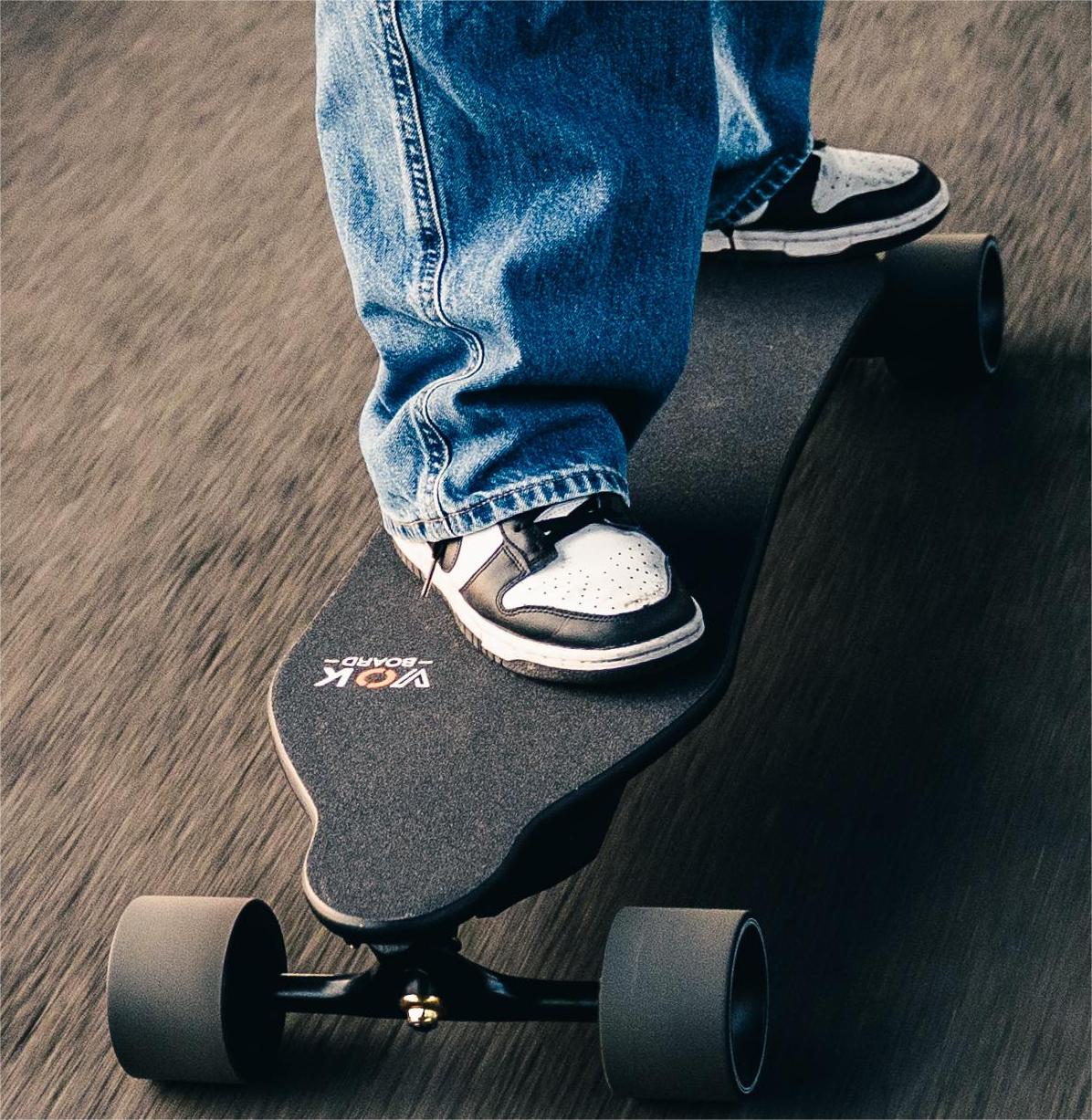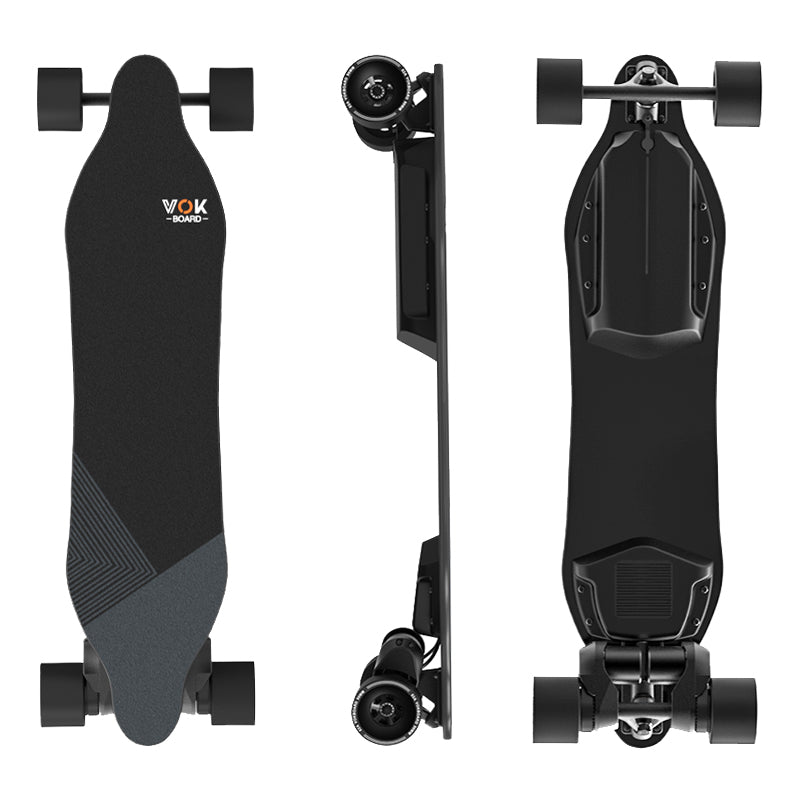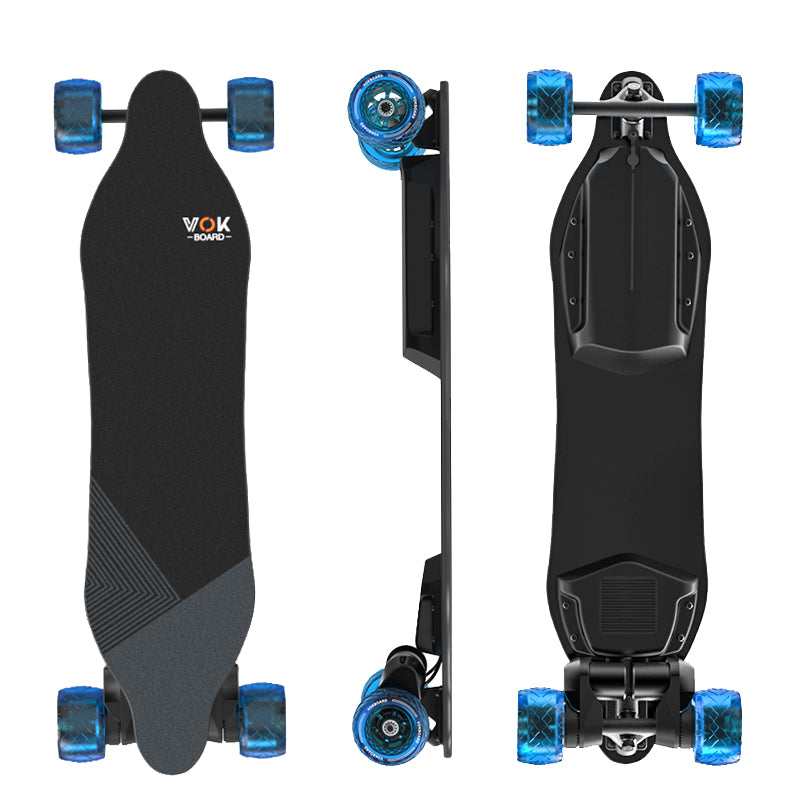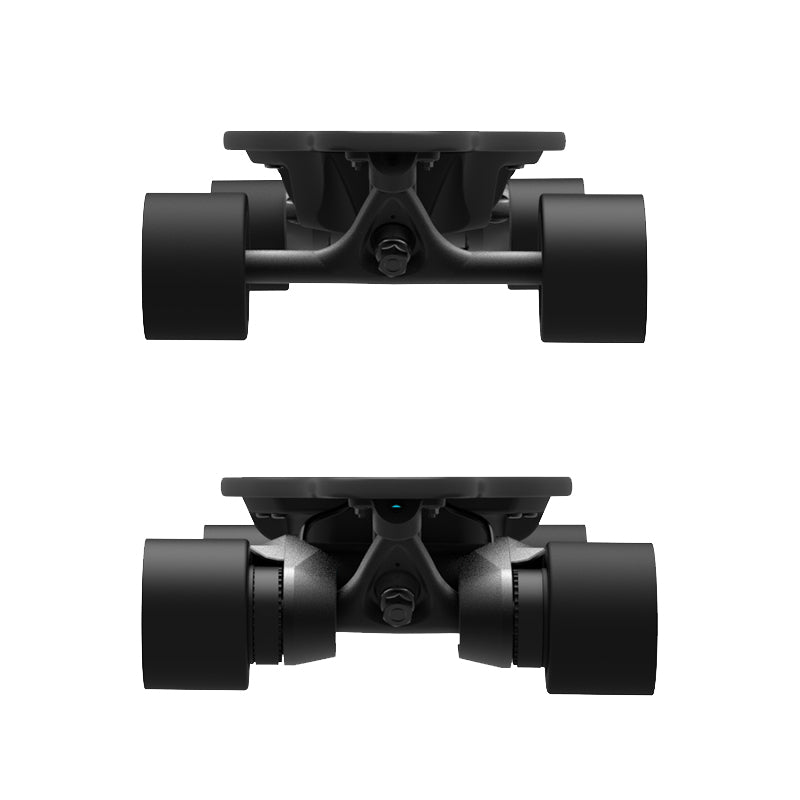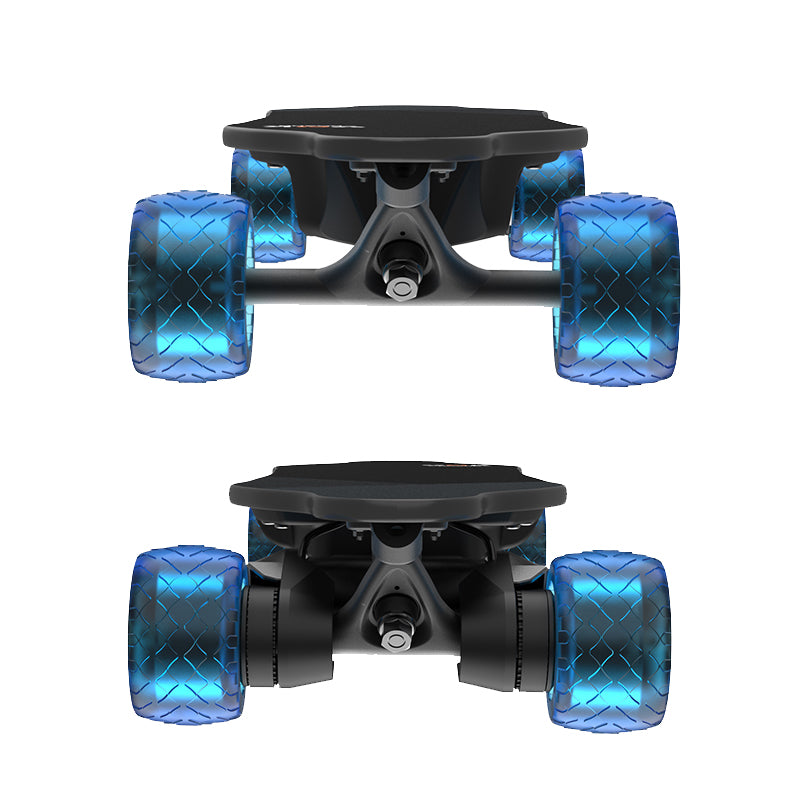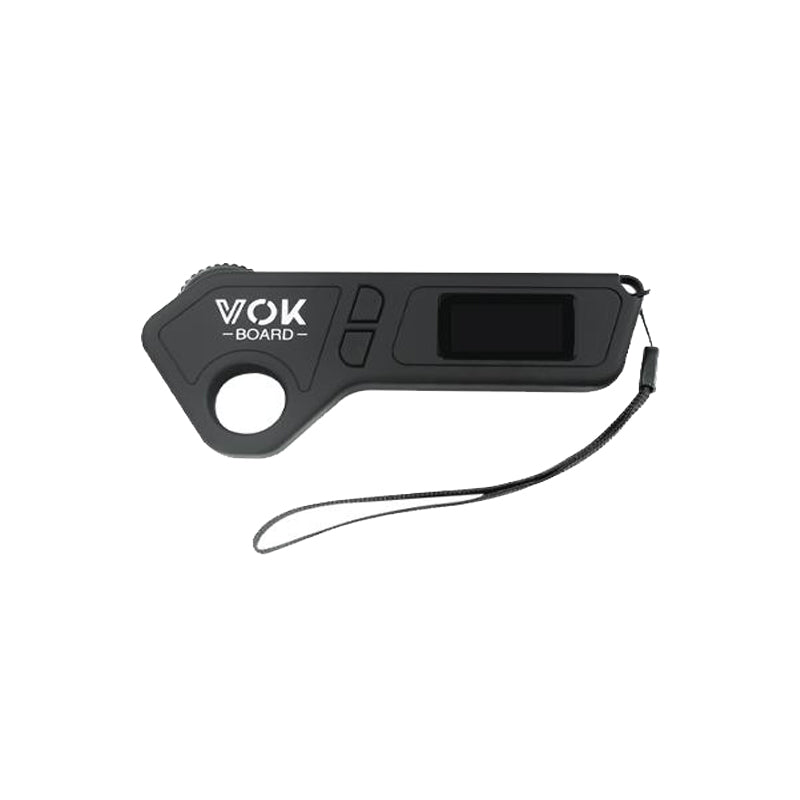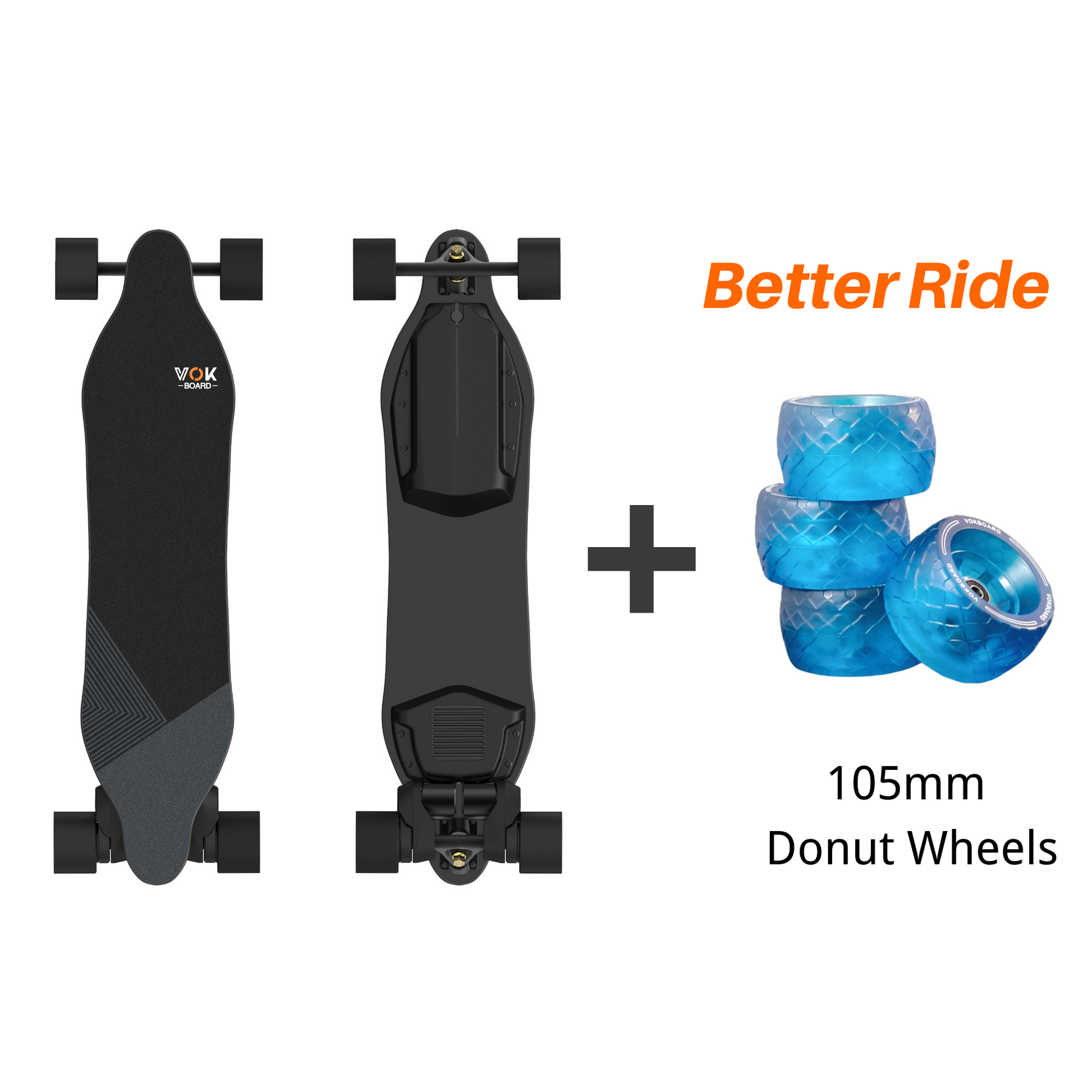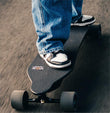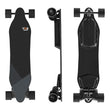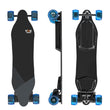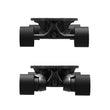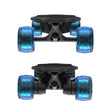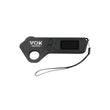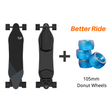Electric skateboards are a fast and fun way to get around. However, many riders may not understand the science behind the speed and power of them. In this article, we will delve into the inner workings of Electric Skateboards, exploring the factors that determine their Speed and Power. From the type of motor to the battery capacity, we will uncover the science behind what makes electric skateboards tick.
First, you should know that e-boards are not just for cruising around the neighborhood, they are powerful machines that can reach speeds of up to 40Km/h. But how do these boards manage to pack so much power into a compact and lightweight design? The answer lies in the technology that drives them, including the electric motor, battery, and control systems.
Saying this, let’s explore the science behind the speed and power of electric skateboards, and how these advancements have led to the creation of high-performance boards that can take you on thrilling rides.
How do Electric Skateboards work?
They work by using a motor and battery to power the wheels, which propels the skate forward. The rider controls the speed of the board and direction of travel using a remote control by hand.
When the rider wants to go faster, they increase the speed on the remote control, which sends a signal to the motor to spin faster. This increases the speed of the wheels, which propels the skateboard forward.
The battery is responsible for providing the power to the motor. It's usually a lithium-ion battery, which is lightweight and has a high energy density, making it a good choice for electric skateboards. The battery is recharged using a charging cable, and the length of time it takes to recharge will depend on the size of the battery and the charging speed.
Most electric skateboards also have a built-in braking system, which is activated when the rider slows down on the remote control or app. This stops the motor from spinning, slowing down the wheels and bringing the skateboard to a stop.
Overall, this electric vehicle works by using a combination of a motor, battery, and control system to convert electrical energy into motion, allowing the rider to control the speed and direction of travel.
Let’s dive in the Speed and Power
An Electric Skateboard consists of several key components that contribute to its speed and power, including the battery, motor, and control system.
- The Battery
It is the primary source of energy for an electric skateboard, and its capacity directly affects the skateboard's range and speed. It provides a high energy density and a long lifespan. The capacity of the battery is measured in milliampere-hours (mAh), and the higher the mAh number, the longer the skateboard will run on a single charge.
- The Motor:
It is the component that propels the skateboard forward, and its power determines the skateboard's speed. The most common type of motor used in electric skateboards is the brushless DC motor, which provides high efficiency, reliability, and longevity. The power of the motor is measured in watts, and the higher the wattage, the more powerful the motor will be.
- The Control System:
The control system is responsible for regulating the flow of energy from the battery to the motor, and it plays a crucial role in the skateboard's speed and power. The control system consists of several components, including a speed controller, which regulates the speed of the motor, and a power controller, which regulates the amount of power that the motor can draw from the battery.
In addition to these components, the size and weight of the skateboard, as well as the type of wheels and bearings used, can also impact the skateboard's performance. Larger, heavier skateboards will typically have a lower top speed and acceleration than lighter, while smaller skateboards, will demand more energy to move a larger mass.Also,the type of wheels and bearings used can also affect the skateboard's speed and stability, as well as its ability to handle rough terrain.
There are also several factors that can influence the speed and power of an e-boards, including the terrain it is used on, the rider's weight, and the riding style. Riding on uphill terrain will typically reduce the eskate's speed and range, as more energy is required to overcome the resistance of the slope. Similarly, a heavier rider will require more energy to maintain the same speed as a lighter rider.
Also, the maintenance of the board is something that has high influence in the level of performance of the eSkate.
Finally, aggressive riding styles, such as performing tricks or jumping, will also have an impact on the skateboard's speed and power, as more energy is required to maintain control and stability.
Wrapping it up…
The science behind the speed and power of an electric skateboard is complex and involves several interrelated factors. Understanding these factors is crucial for optimizing the performance of these innovative devices and ensuring a safe and enjoyable riding experience.
The battery, motor, and control system are the key components that determine the speed and power of an electric skateboard, and their selection and optimization are crucial for maximizing performance. Other factors, such as the terrain, rider weight, and riding style, can also have an impact on the skateboard's performance, and riders should be aware of these factors when using their boards, and also, before buying one.
Editor: Nadine
@copyright Vokboard
